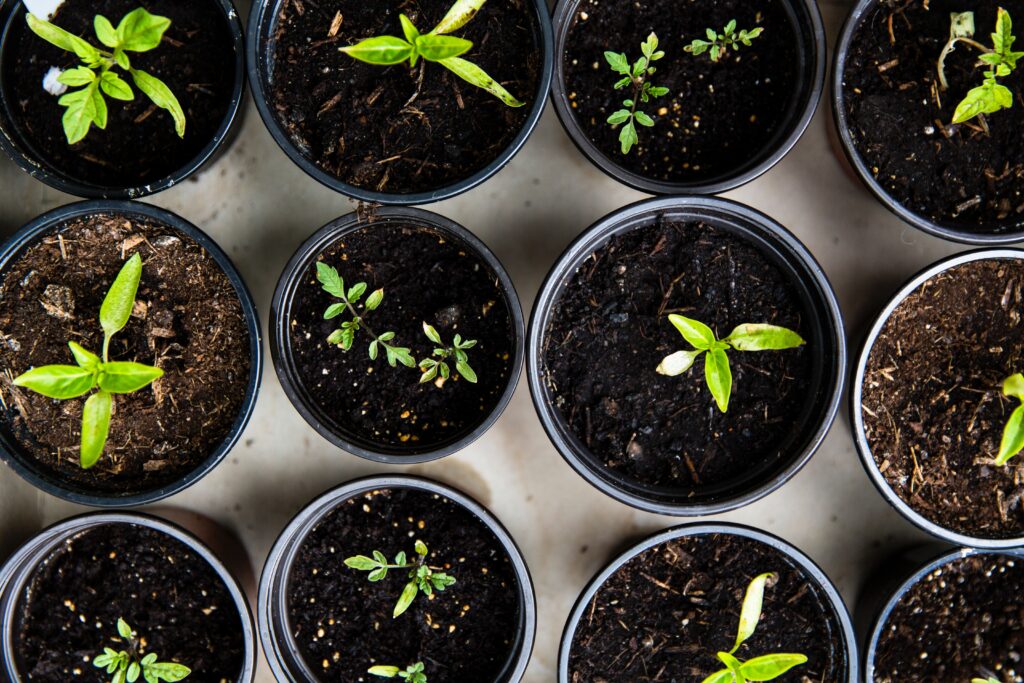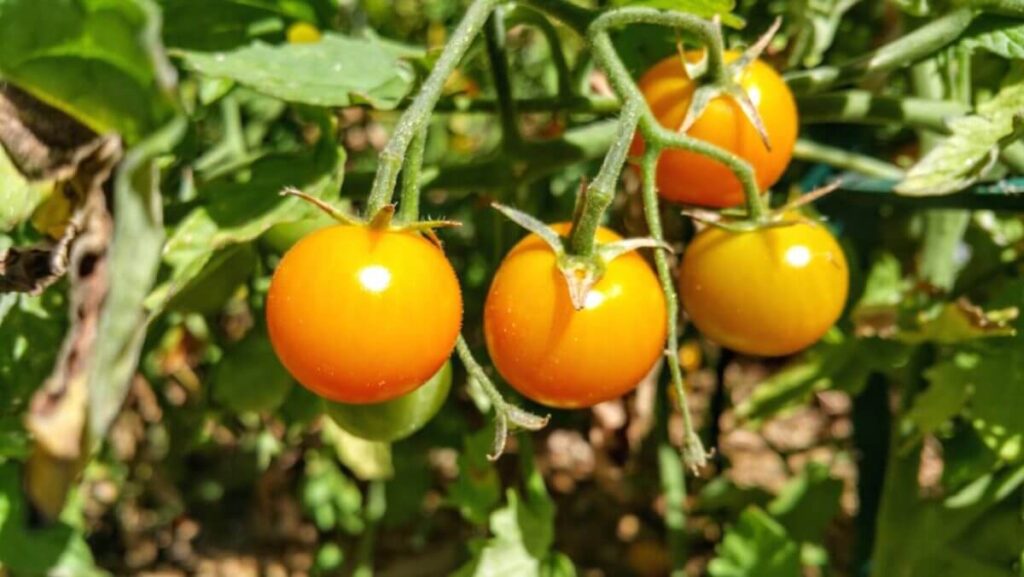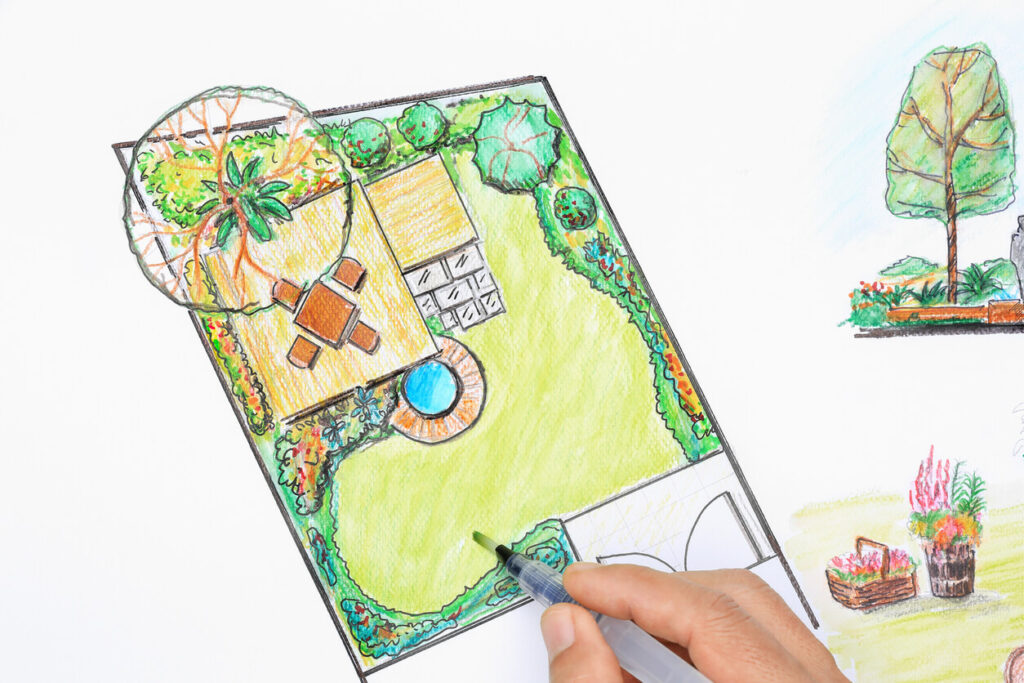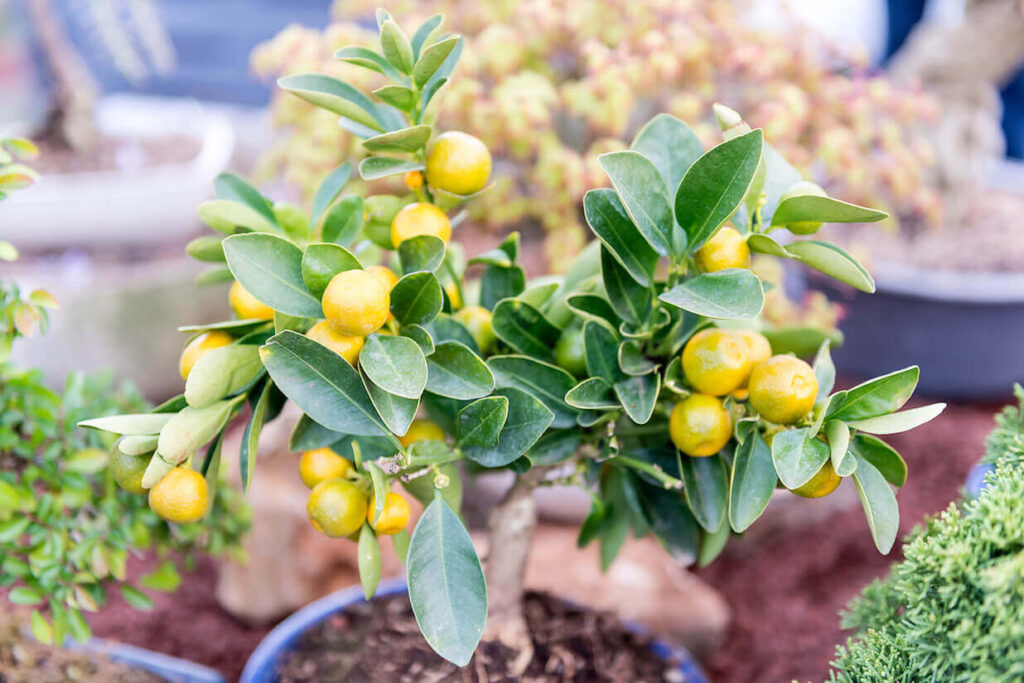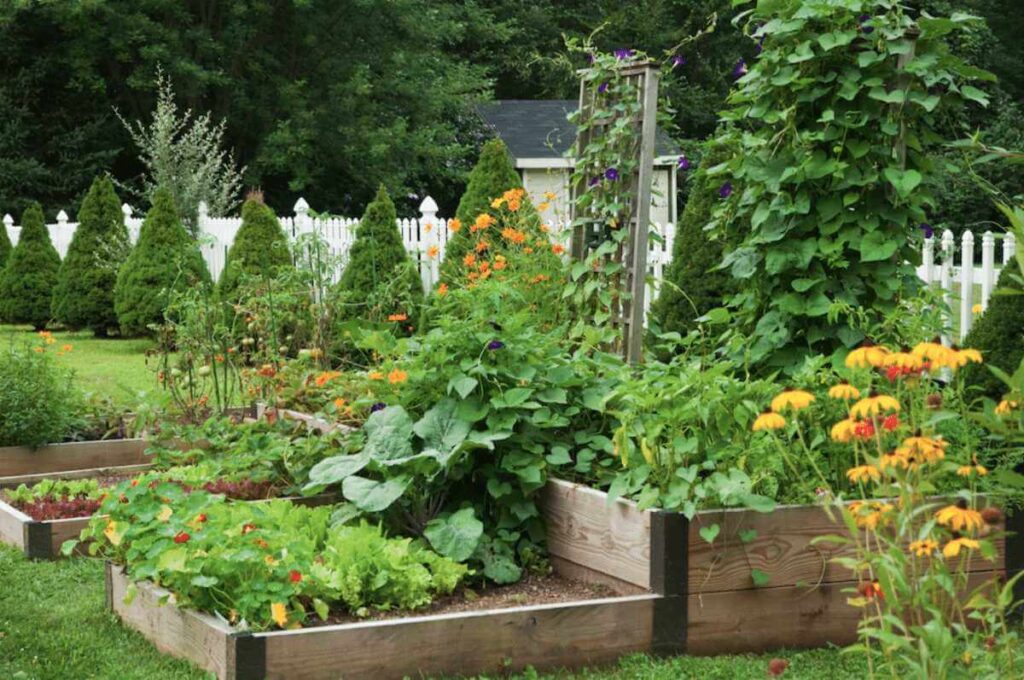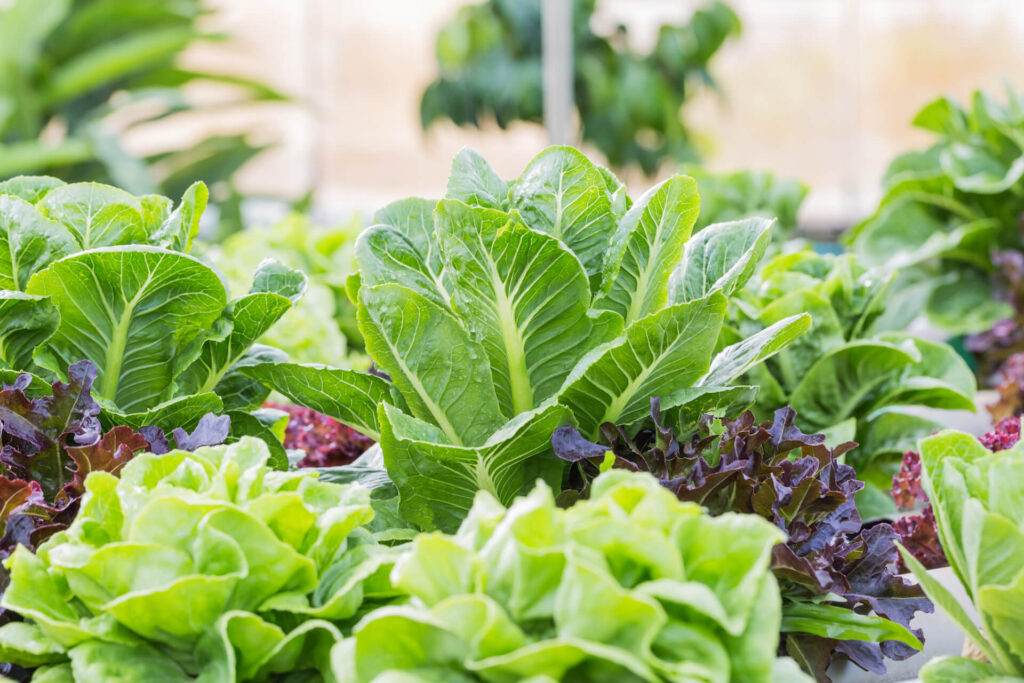A staple veggie in any organic garden is the tomato, but which variety should you choose? There are so many delicious and colorful varieties to choose from that you could easily spend an entire season choosing what type to plant! We don’t want you to waste your valuable gardening time, so we have compiled a quick guide to growing tomato plants.
Variety is the Spice of Life
The first thing to do when you are considering tomato plant growing is: what type of tomatoes should I plant? You can choose based on what you like and how you’ll use them. Cherry, grape, and currant tomatoes can be planted to produce sweet, ready-made snacks right off the vine. You can also choose beefsteak tomatoes that are great for cutting and eating with or without salt. You could also plant firm-flesh paste tomatoes if you are interested in canning, freezing, and cooking. Or you could plant heirloom tomatoes which have unique shapes, delicious flavor, and uncommon colors. No matter which variety you choose, be sure to harvest your tomatoes at their peak color in order to enjoy their delicious flavor!
Space & Place
You should also consider the space available for your garden. There are two options for vining tomatoes: compact or spread-out varieties that work well on patios. We love planting tomatoes in containers. Even tiny plants can grow in hanging baskets, producing delicious fruits all summer. Heirlooms are well-known for their resistance to disease. Plant a mix of early-fruiting and later-fruiting plants and you’ll have delicious tomatoes all year. Tomatoes love sun and need to be in the sun for 6-8 hours each day. They need at least 2 to 3 feet of space between plants.
Also be aware that there are two types of tomato plants, indeterminate or determinate. Indeterminate tomatoes can produce fruit all year. They can also grow to 12 feet high and require support with trellises or cages. Determinate tomato plants bear their fruits just once. These plants are smaller and bushier, and can grow up to 4 feet in height. They are great for container gardening and only require one stake to keep them tall.
Tips to Growing Tomato Plants
Here are some tips for successful tomato-growing.
1) Direct sunlight for 6-8 hours every day.
2) Ensure that the soil is properly draining.
3) Add nutrients to your soil. Organic compost adds nutrients, retains moisture, and provides beneficial microbes.
4) Plant at the right time. Plant for your region after the average spring frost date.A surprise frost can kill your plants. Use frost cloth, or a sheet, if cooler temperatures are predicted after plants have been planted.
5) Tomatoes require about 2–3 feet between each plant. This allows them to grow to their full potential and enjoy increased air circulation.
6) Support your tomatoes using stakes or cages. To reduce insect damage, you want to keep your fruits off the ground. Your plants will also be more exposed to sunlight if they are upright. You can cage them as soon as they are planted – they will grow into the cage and will be well supported.
7) When you plant your tomatoes, take off the bottom leaves. The bottom two-thirds (or third) of the stem can be planted into the ground. This will provide more support and help the plants resist disease. Lightly till your tomatoes with some balanced fertilizer to keep them nourished right after.
8) Use an organic slow-release fertilizer. Your plants will be larger and more productive.
9) Mulch your tomatoes with some compost, shredded leaves, or straw. This helps to keep moisture in the soil and prevents it from drying out in direct sunlight. To collect water, you can even create a basin using the mulch.
10) Water tomatoes every morning. This prepares them for the heat of the day and prevents diseases. For best results, use a drip irrigation system to water only the base of the plants.
11) Manage pests. Wash your plants with a hose in the mornings! You can also apply organic pesticides.
12) Plant some companion plants with your tomatoes. Companion planting can be a great way to increase the fruitfulness and health of your tomato plants. Some examples of great companion plants for tomatoes are basil, beans, carrots, and marigolds.
